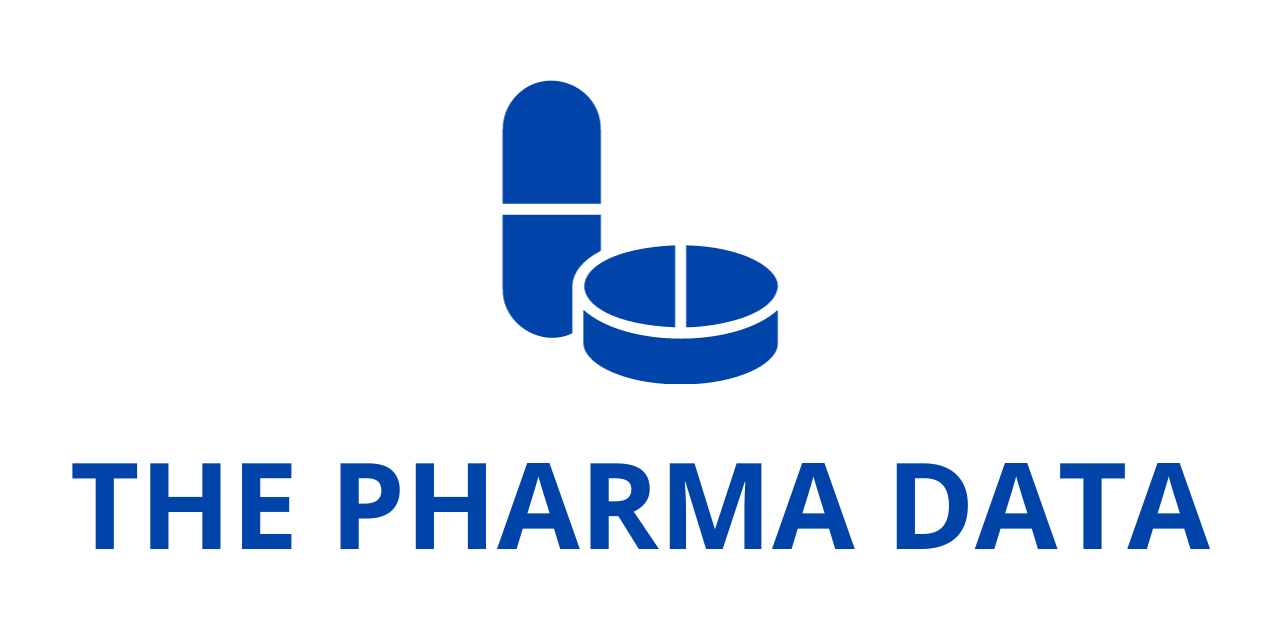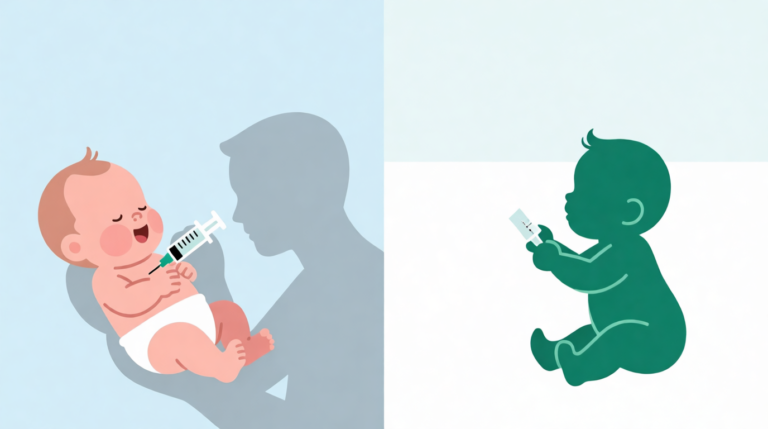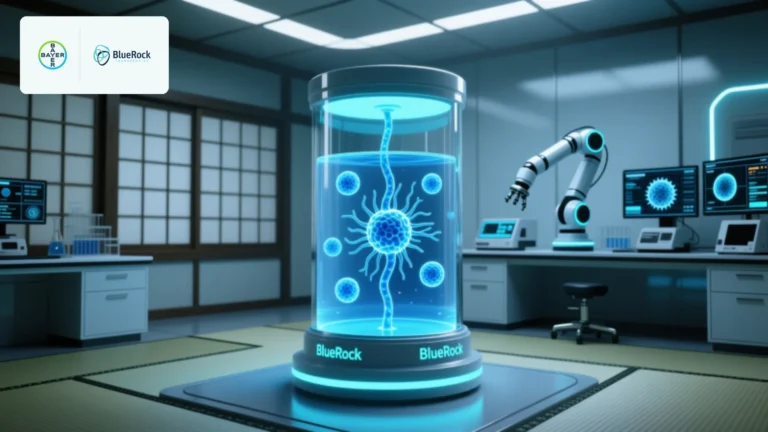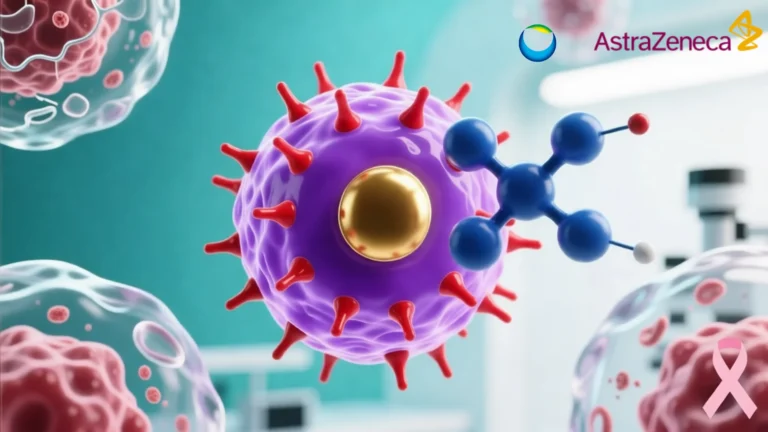
Capricor Shares Tumble After FDA Rejects Cell Therapy for Duchenne Cardiomyopathy Over Efficacy Concerns
Capricor Therapeutics suffered a major regulatory setback Friday after the U.S. Food and Drug Administration (FDA) issued a complete response letter (CRL) rejecting its investigational cell therapy, deramiocel, for the treatment of cardiomyopathy associated with Duchenne muscular dystrophy (DMD). The decision was based on what the FDA called “insufficient evidence” to support the therapy’s efficacy—a ruling that sent Capricor’s stock into a tailspin and exposed internal tensions within the agency’s Center for Biologics Evaluation and Research (CBER).
Shares of Capricor plunged by 40% in premarket trading following the announcement, falling to $6.79 from a previous close of $11.40. The sharp decline underscores investor concern over the therapy’s future and the increasing scrutiny around cell and gene therapies in the high-stakes DMD treatment space.
FDA Cites Lack of Substantial Evidence
According to Capricor’s press release, the FDA’s CRL stated that the company’s Biologics License Application (BLA) for deramiocel failed to meet the statutory requirement for “substantial evidence of effectiveness.” The company had submitted clinical data primarily from the Phase II HOPE-2 trial, as well as long-term extension results, which it argued demonstrated meaningful clinical benefit in patients with DMD-related cardiomyopathy.
However, the FDA concluded that these data were not sufficient to support approval at this time. The rejection highlights the agency’s increasing insistence on robust, statistically sound evidence—particularly for therapies targeting rare but severe diseases such as DMD.
Controversial Regulatory Process
Complicating matters further is the internal turmoil at CBER that has surrounded deramiocel’s review process. According to reporting from STAT News, former CBER official Nicole Verdun had originally planned to convene an FDA advisory committee meeting to review the therapy. Such meetings are often used to gather external expert opinion on whether a therapy’s benefits outweigh its risks—particularly when the data package is considered borderline or controversial.
However, the advisory committee was abruptly canceled by CBER Director Vinay Prasad, allegedly without consulting Verdun or other key staff. Sources close to the matter told STAT that both Verdun and her deputy, Rachael Anatol, were subsequently forced out of the agency.
The cancellation of the advisory committee meeting drew concern from some in the industry who saw it as an erosion of the transparency and rigorous peer-review processes that are typically central to FDA decision-making. The incident adds a layer of complexity to Capricor’s rejection, raising questions about how internal agency politics may have influenced the outcome.
Regulatory Timeline and Manufacturing Concerns
Notably, the FDA’s rejection arrived more than a month before the scheduled Prescription Drug User Fee Act (PDUFA) date of August 30, 2025. Capricor had received Priority Review for deramiocel in March, which typically signals that the agency sees promise in a therapy for serious conditions with unmet medical needs.
In addition to concerns over efficacy, the CRL also cited outstanding issues related to deramiocel’s Chemistry, Manufacturing, and Controls (CMC). Capricor stated that it had submitted materials to address these issues but that the FDA had not had time to review them before issuing the CRL.
“This was surprising,” Capricor CEO Linda Marbán said in a prepared statement. “We have followed FDA guidance throughout the process. Aside from the CRL, the review had advanced without major issues, including completion of the mid-cycle review and a successful pre-licensure inspection.”
Capricor now plans to meet with the FDA to clarify the path forward and expects to resubmit the application once new clinical data from its ongoing Phase III HOPE-3 trial become available. These results are anticipated in the third quarter of this year and may provide the statistical robustness the agency is demanding.
Understanding Deramiocel and Its Mechanism
Deramiocel (formerly CAP-1002) is composed of allogeneic cardiosphere-derived cells (CDCs), which are extracted from donor heart tissue. These cells are believed to exert their therapeutic effect through immunomodulation and anti-fibrotic activity, promoting tissue healing and helping preserve muscle function. Unlike standard treatments that primarily address skeletal muscle degeneration in DMD, deramiocel targets cardiac complications, which are a leading cause of death in DMD patients.
Capricor’s BLA submission was based largely on the HOPE-2 study, a Phase II clinical trial that showed significant improvements in upper limb function in non-ambulatory DMD patients treated with deramiocel compared to placebo. In June 2024, Capricor also published open-label extension data showing that the therapy’s benefits could persist for more than three years, including stabilization of left ventricular ejection fraction (LVEF), a key indicator of heart function.
Despite these promising signs, the FDA determined that the evidence did not reach the threshold required for full approval, particularly given the complexity of cell-based therapies and the variability often observed in clinical responses.
Another Blow to the DMD Space
The FDA’s decision marks another setback for the DMD treatment landscape, which has seen a string of disappointing regulatory outcomes in recent months. In June, Edgewise Therapeutics received a CRL for its skeletal myosin inhibitor sevasemten, with the FDA similarly citing an inadequate evidence base.
Meanwhile, Sarepta Therapeutics, which in 2023 received accelerated approval for its gene therapy Elevidys, is also facing heightened scrutiny. Two patients treated with Elevidys have died in recent months, with both cases believed to involve acute liver failure—a known risk of adeno-associated virus (AAV)-based gene therapies. These incidents have raised red flags among regulators and may be contributing to a more cautious overall stance toward DMD drug approvals.
What’s Next for Capricor?
Despite the rejection, Capricor appears committed to moving forward. The company emphasized its intention to resubmit the BLA for deramiocel, leveraging the upcoming HOPE-3 data to strengthen its case. If successful, the Phase III results could tip the balance in favor of approval, particularly if they confirm or exceed the clinical benefits seen in HOPE-2.
Capricor also continues to explore partnerships and commercial pathways to advance deramiocel and other assets in its pipeline. The company has an ongoing collaboration with Nippon Shinyaku for the commercialization of deramiocel in Japan and other regions outside the U.S.
Still, Friday’s rejection adds uncertainty to Capricor’s near-term prospects and casts a shadow over the future of cell-based therapies for DMD more broadly. The rejection could also have implications for other companies pursuing non-gene therapy approaches to rare neuromuscular diseases, signaling that even in areas of high unmet need, the FDA is unwilling to compromise on the strength of clinical data.




